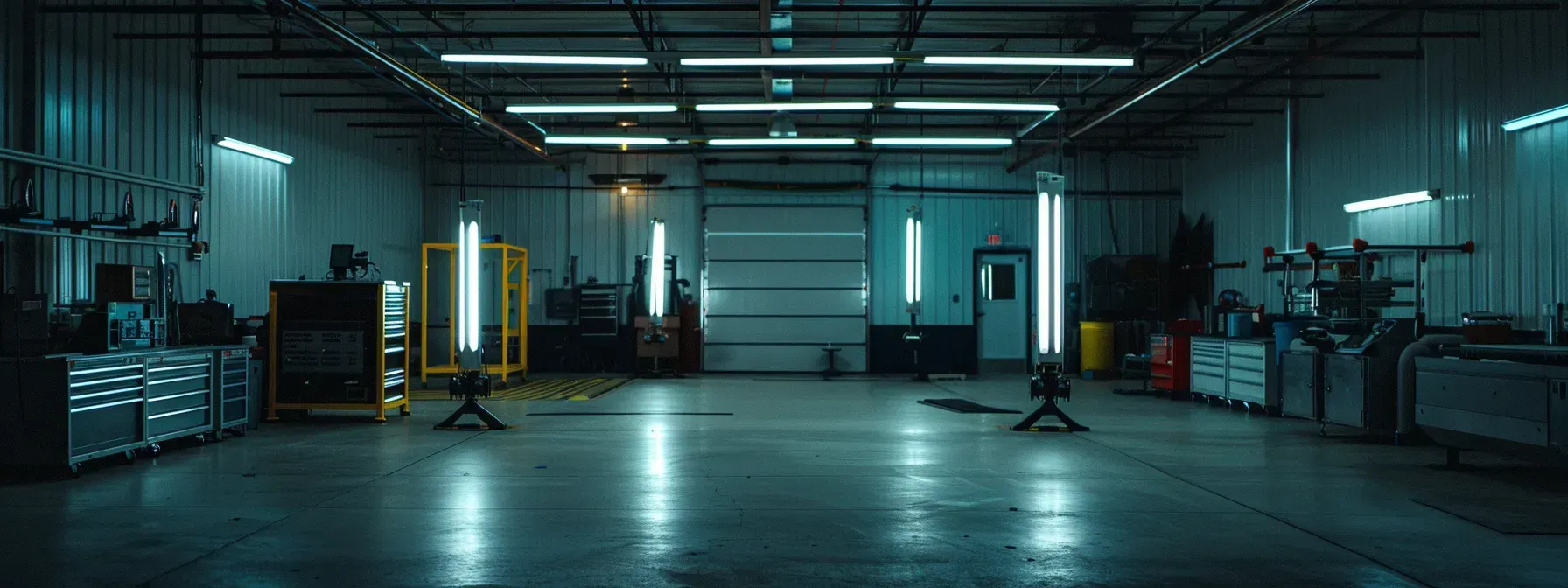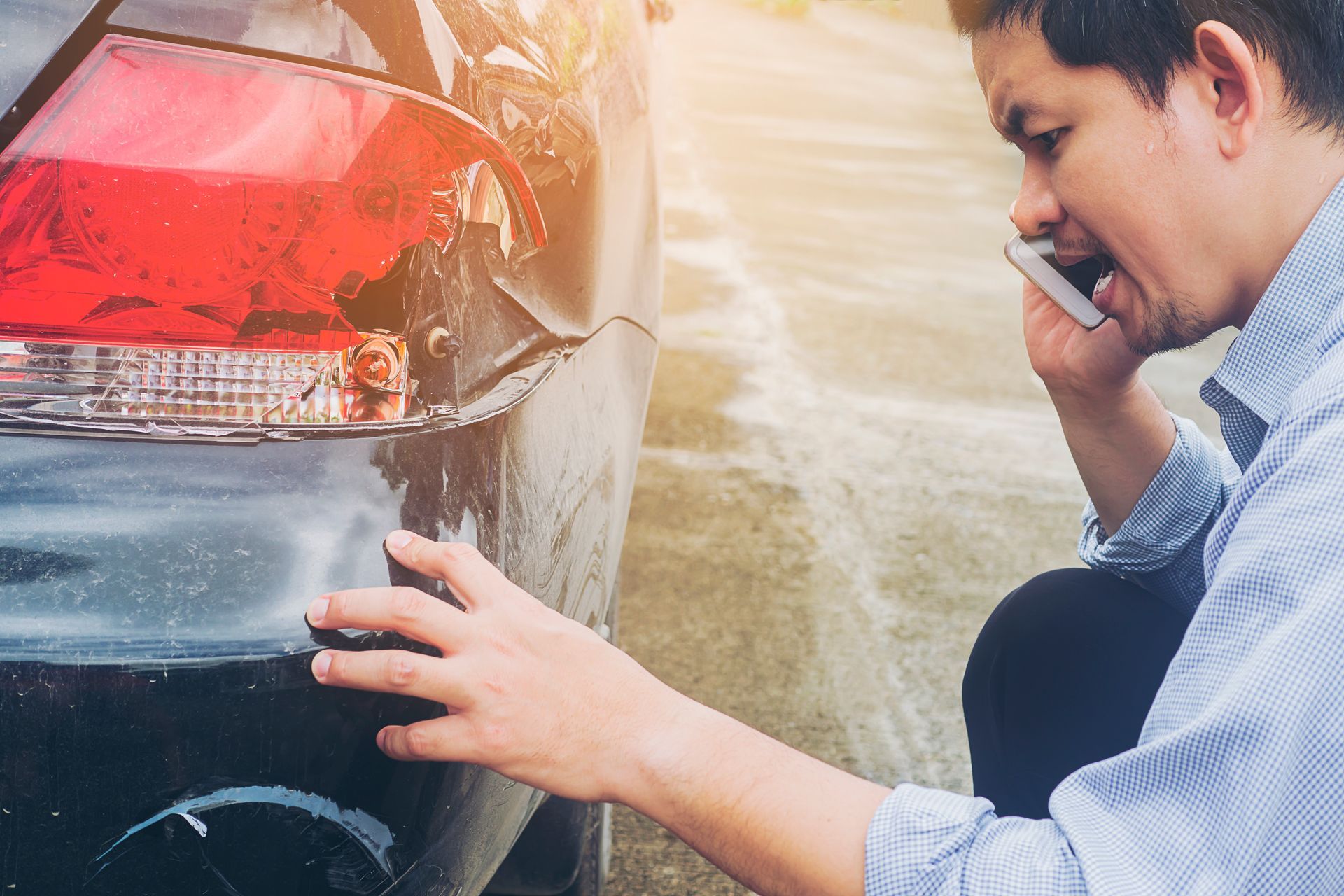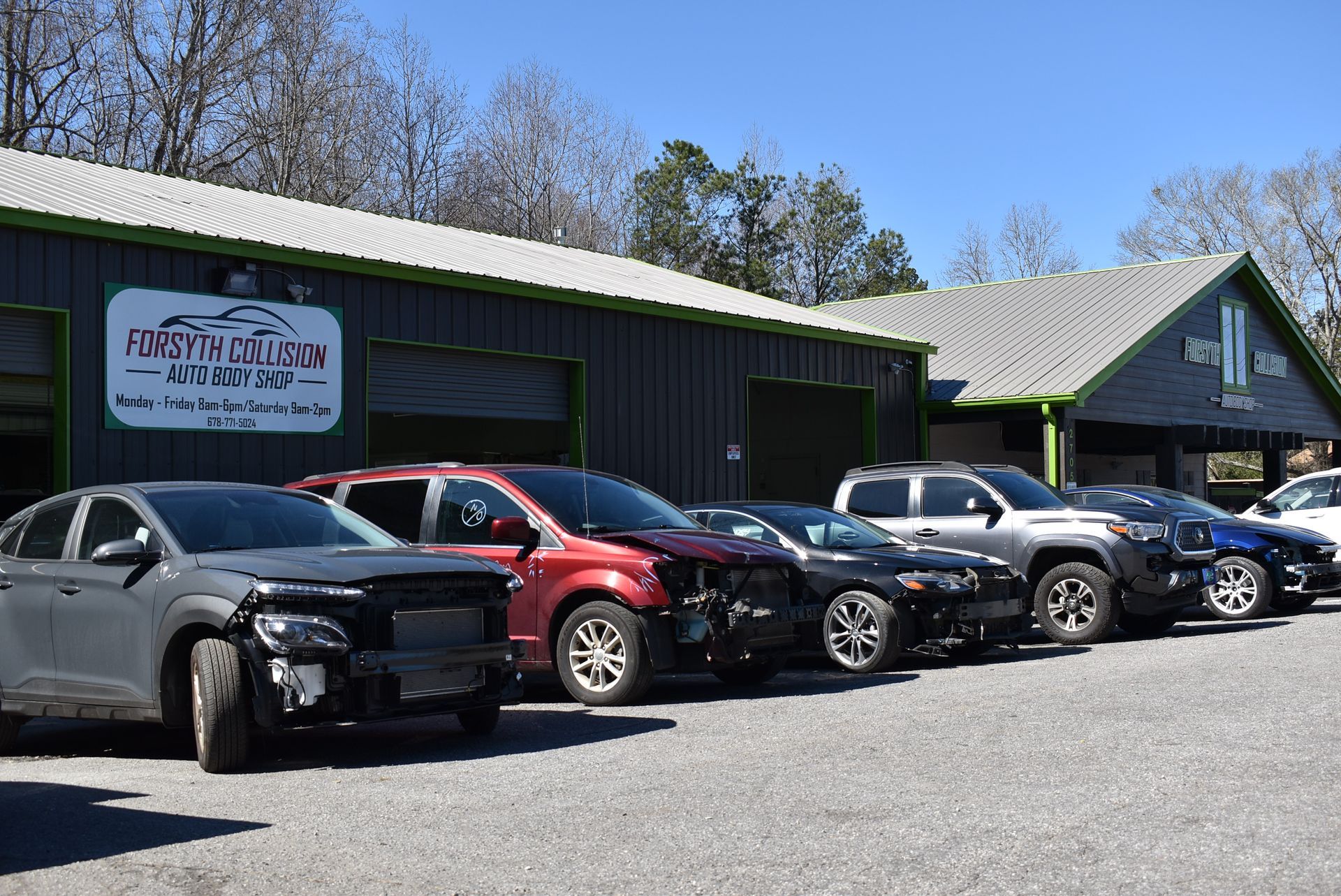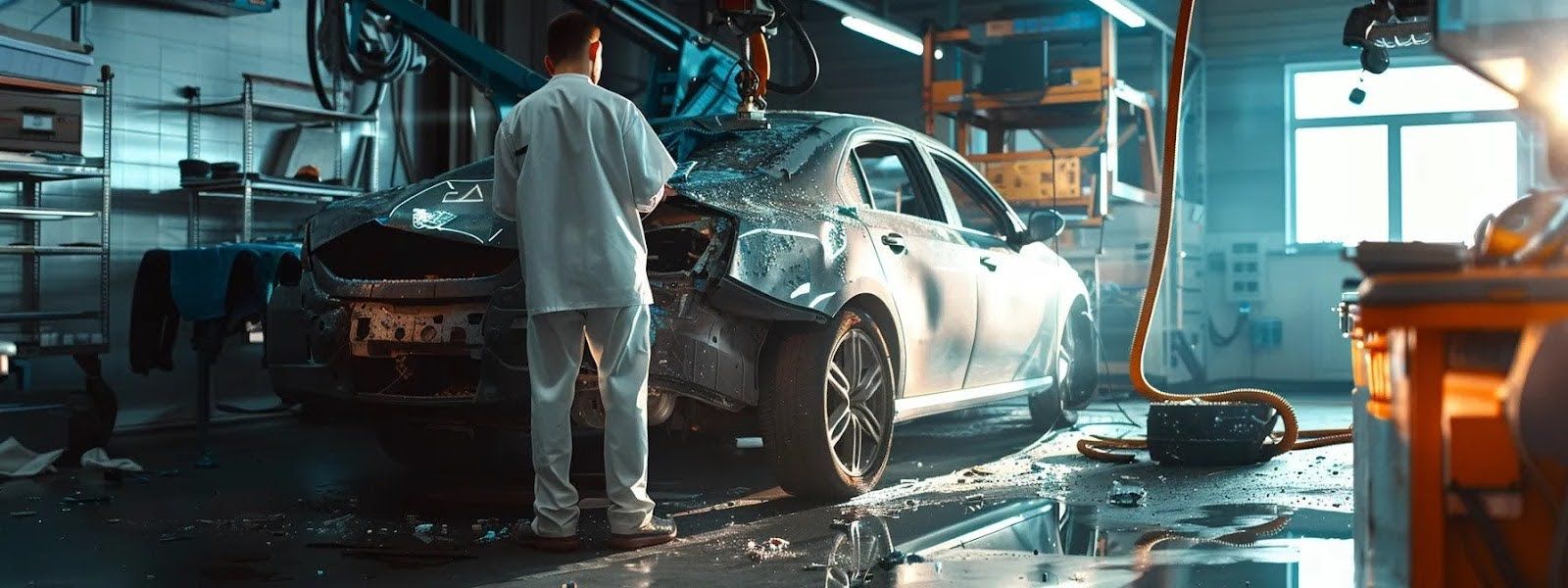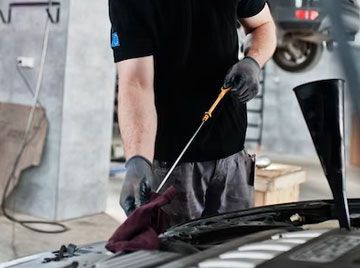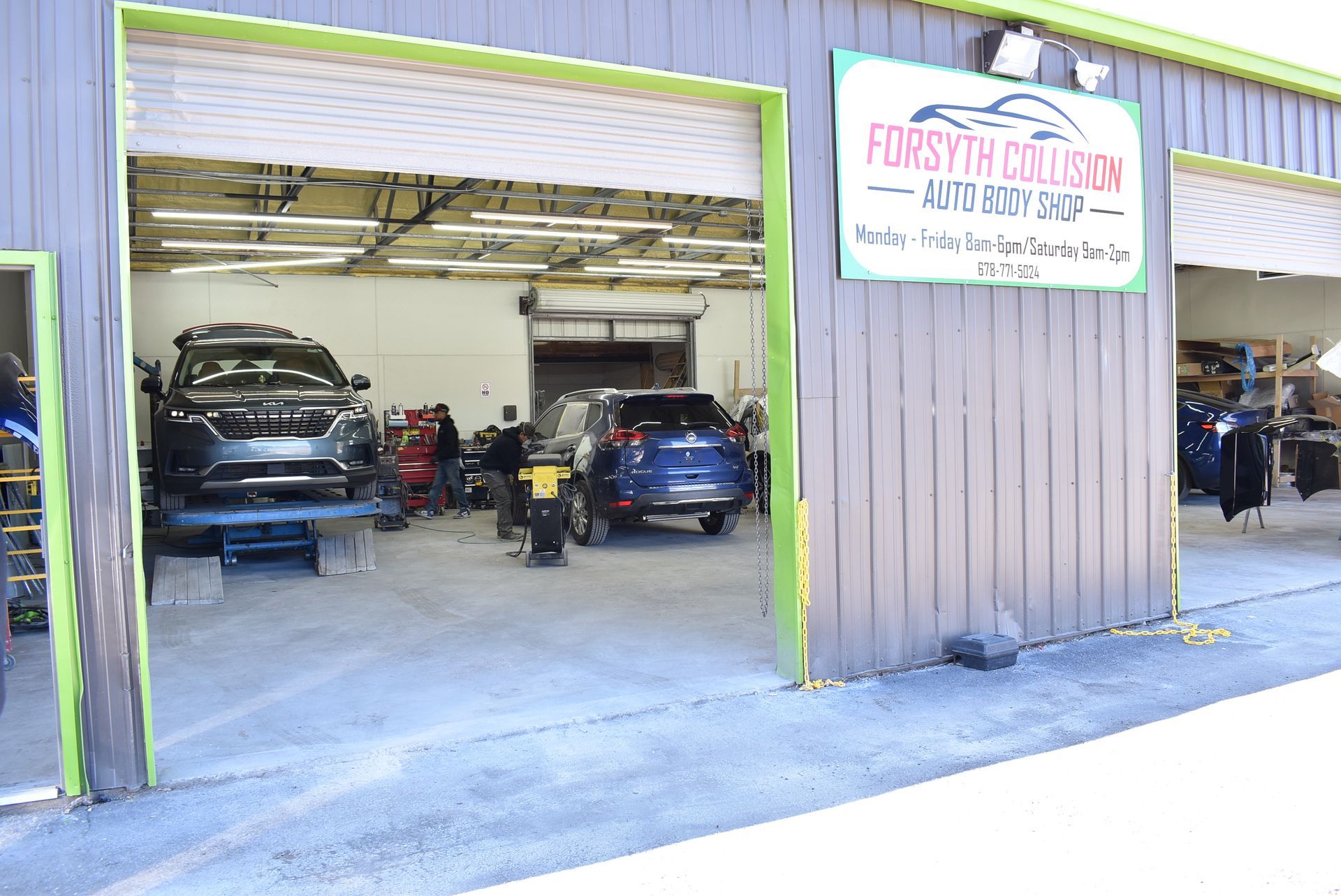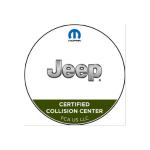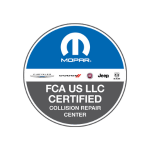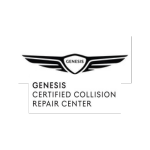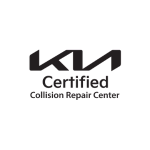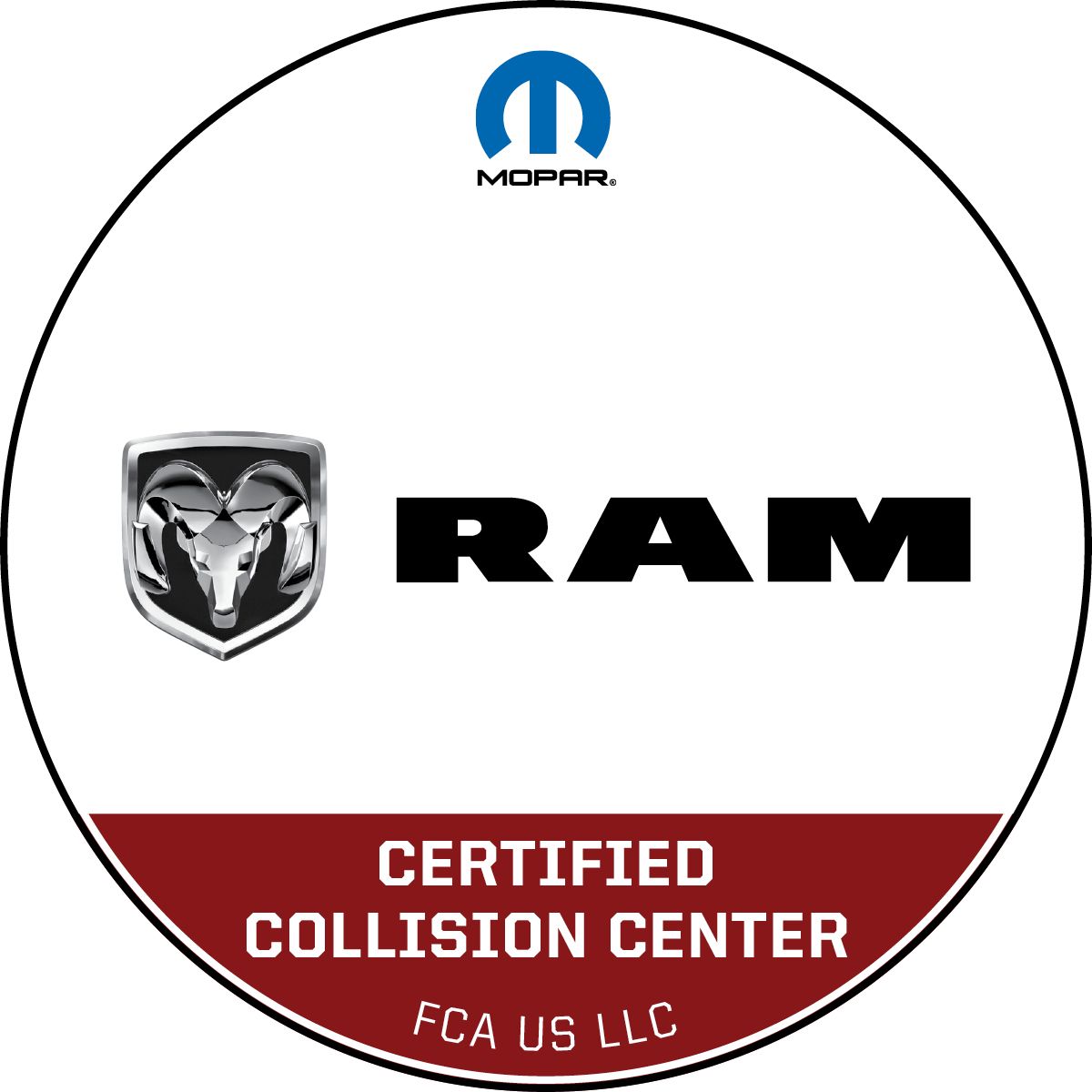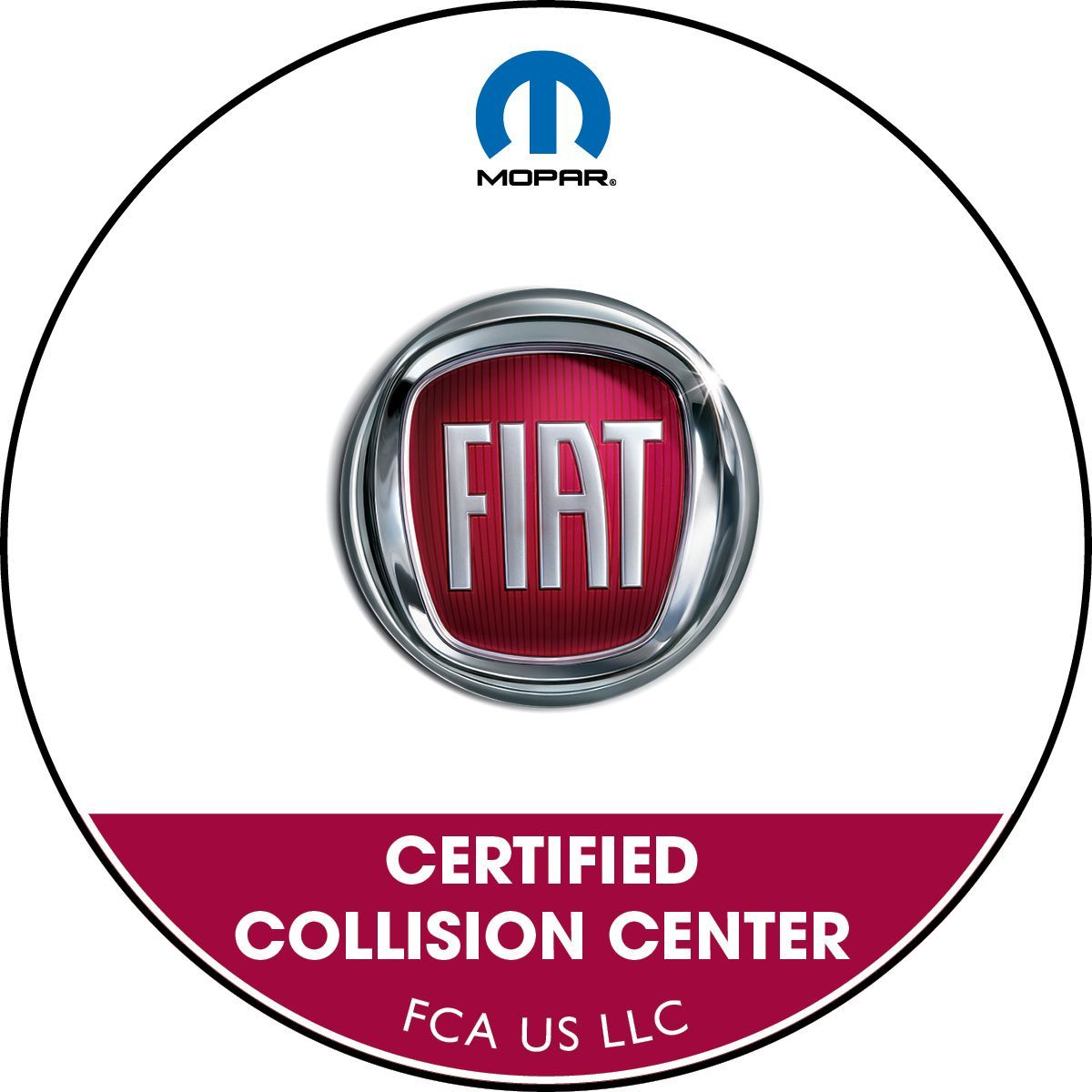7 Ways Spring Weather Can Destroy Your Car’s Paint (And What You Can Do About It)
You care about how your vehicle looks, and you want to keep its value strong, but spring weather introduces hidden risks that many drivers overlook. In this post, you’ll learn how seasonal elements can silently erode your car’s finish.
By the end, you’ll know exactly what to watch for, how to act fast, and when to bring your vehicle to a trusted auto body repair shop.
What Spring Hazards Should Car Owners Watch For?
Spring weather feels refreshing, but for your vehicle, it’s a different story. Here's what can do damage fast.
1. Pollen Isn’t Just Annoying—It’s Acidic
Pollen might look harmless, but the moment it mixes with moisture (like dew or rain), it creates an acidic residue. That residue can break down your car’s clear coat.
How this plays out:
- After a spring rain, pollen clings tighter to the surface
- The acidity eats into your paint layer over time
- Yellow stains form on lighter-colored cars
- Dark cars show streaking or dull patches
In North Georgia, tree pollen levels spike in April. A car left outside for three days during peak season may develop cloudy patches if the pollen isn’t washed off promptly.
What you can do:
- Rinse your car at least twice per week in spring
- Avoid parking under trees, especially oaks and pines
- Use a car cover if your vehicle stays outside overnight
2. Bird Droppings Can Burn Through Paint
Bird droppings are more than ugly—they’re corrosive. The uric acid found in droppings has a pH level around 3 to 4.5. That’s strong enough to eat through protective coatings and even base layers.
It happens fast:
- Droppings dry out in the sun
- They harden and contract
- The shrinking process creates paint cracks
- Stains and pockmarks appear underneath
Fixing this damage isn’t easy. Sanding and repainting may be necessary, especially on darker vehicles where the contrast is stark.
What to do right away:
- Use a damp microfiber cloth to gently lift droppings—no scrubbing
- Spray a mixture of water and baking soda before wiping
- If damage is visible, book a visit with a Cumming auto body repair shop like Forsyth Collision
3. Tree Sap Bonds to Paint and Won’t Let Go
Spring brings fresh blooms, but also dripping tree sap, especially from maples, birch, and pine trees. Sap starts off sticky, then hardens under the sun. Once it's cured, it creates a tough, resin-like film.
Why it matters:
- Hardened sap scratches paint when scraped
- Chemicals in the sap cause etching
- Long-term exposure leads to dark spots or clear coat bubbling
What drivers often do wrong:
They try to pick or peel it. This rips the clear coat and makes the repair more expensive.
The better option:
- Soak the area with warm water and rubbing alcohol
- Wait at least 60 seconds, then blot with a microfiber cloth
- For old sap, use a commercial tree sap remover like Turtle Wax Bug & Tar Remover
4. UV Rays Fade Color and Break Down Clear Coat
Sunlight isn’t just bright. It’s destructive. Ultraviolet rays oxidize your paint, causing fading and discoloration. Your clear coat works as the first line of defense, but that defense wears down quickly in spring.
You’ll start to notice:
- Dullness, especially on the roof and hood
- Peeling paint on older cars
- Patchy, uneven shine that won't buff out
According to the Universal Technical Institute, UV rays can cause oxidation that affects the paint's pigmentation, especially on cars exposed for extended periods.
Simple steps to protect your finish:
- Wax your car every three months (use synthetic wax for stronger UV shielding)
- Park in covered or shaded areas whenever possible
- Apply a ceramic coating for long-term protection (ask about this at your next service visit)
5. Rain and Acidic Storm Water Cause Etching
April showers may bring flowers, but they also bring acid rain. Industrial pollution, even from cities an hour away, mixes with rainfall to produce nitric and sulfuric acid.
Here’s what it does to paint:
- Leaves circular “etch marks” that don’t wash off
- Bakes into paint during the next sunny day
- Weakens the bond between paint and clear coat
You might see this after storms:
- Irregular water spots that resist wiping
- Thin rings or haze on the hood and roof
- Chalky textures where rain pooled
Fixing etching requires:
- Professional polishing and buffing
- Sometimes wet sanding if damage is deep
- Reapplication of protective clear coat
6. Road Debris from Spring Construction Chips Paint
As roads are repaired after winter, loose gravel and asphalt become common. Tires from other vehicles kick up these small stones. They strike your car at highway speeds.
What this damage looks like:
- Tiny chips or pits in the front bumper and hood
- Scratches along the sides from flying debris
- Rust forming in areas where paint has been chipped
According to AAA, debris on roads causes over 50,000 crashes per year in the U.S. and leads to thousands of dollars in repairs annually.
Smart drivers can:
- Leave more space between vehicles
- Use clear paint protection film (PPF) on impact zones
- Wash and inspect the front end weekly
Even one chip that exposes bare metal can start a rust bloom in less than a month. If you spot one, bring it to a body shop before it spreads beneath the surface.
7. Wind Blown Debris Acts Like Sandpaper
Spring winds carry more than air. Dust, sand, pollen, and debris rub against your car’s finish like fine sandpaper. This is especially true in open parking lots or during storms.
Over time you’ll see:
- Micro scratches that dull the finish
- Paint that feels rough instead of smooth
- Oxidation due to erosion of the top layers
Fast ways to reduce wear:
- Rinse with clean water after windstorms
- Dry with microfiber towels only
- Apply a liquid spray wax every two weeks for an added layer
If your car feels like it has “grit” even after a wash, it may be time for a clay bar treatment or professional detailing.
Why Does This Matter Now More Than Ever?
In April, North Georgia is transitioning from cold snaps to warm afternoons. That mix of rain, wind, and sun accelerates the paint damage process.
More cars are outside. More pollen fills the air. More storms roll through. These conditions don’t just make your vehicle dirty. They also shorten the life of your paint.
When Should You Visit an Auto Body Shop for Help?
If your car’s paint already shows any of the following, it’s time for expert help:
- White or gray patches (oxidation)
- Deep scratches or etching that don’t wash off
- Bird dropping stains that left the surface rough
- Rust spots forming at chip sites
- Clear coat peeling or bubbling
A qualified auto body repair shop can polish, recoat, or repaint the affected areas. The sooner you act, the more affordable the fix.
Conclusion
Spring brings fresh air, but it’s not friendly to your vehicle’s paint. Pollen, UV rays, acid rain, and sap will not only make your car dirty, they will also damage its finish in ways that cost more to fix the longer you wait. Now that you know the warning signs and prevention tips, you can keep your vehicle looking great all season long.
If damage has already set in, Forsyth Collision is ready to help. We specialize in restoring paint finishes and correcting seasonal wear before it becomes permanent. Our technicians will walk you through the process, answer your questions, and get your car looking its best again.
Call Forsyth Collision at (678) 771-5024 or request your free estimate
here. Let’s get your car back to looking like it should.
